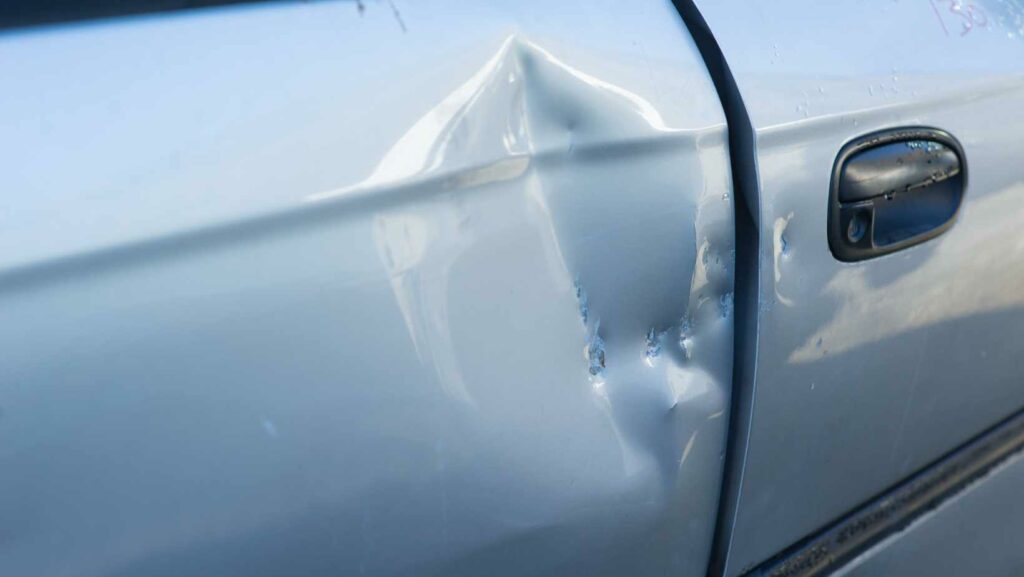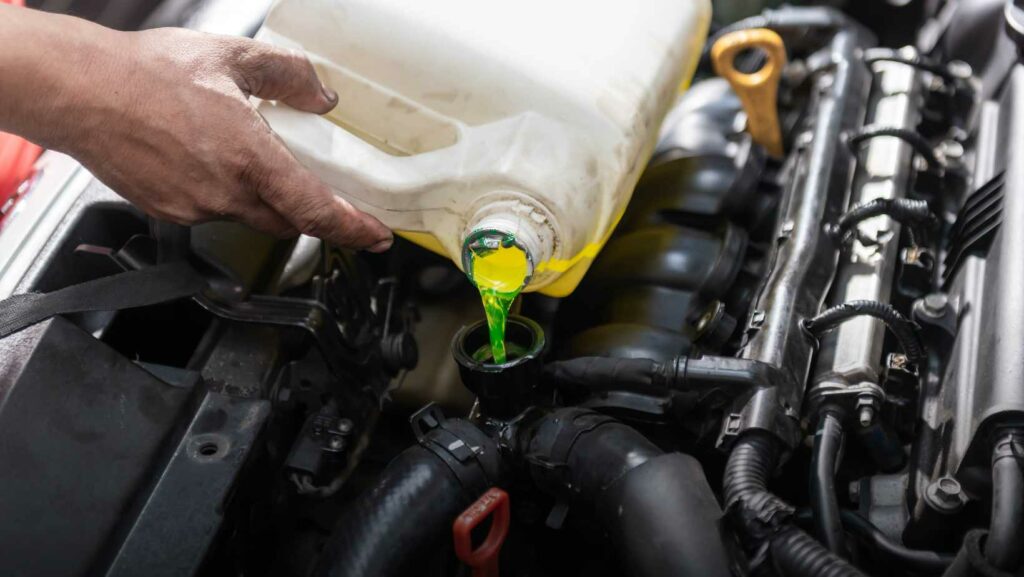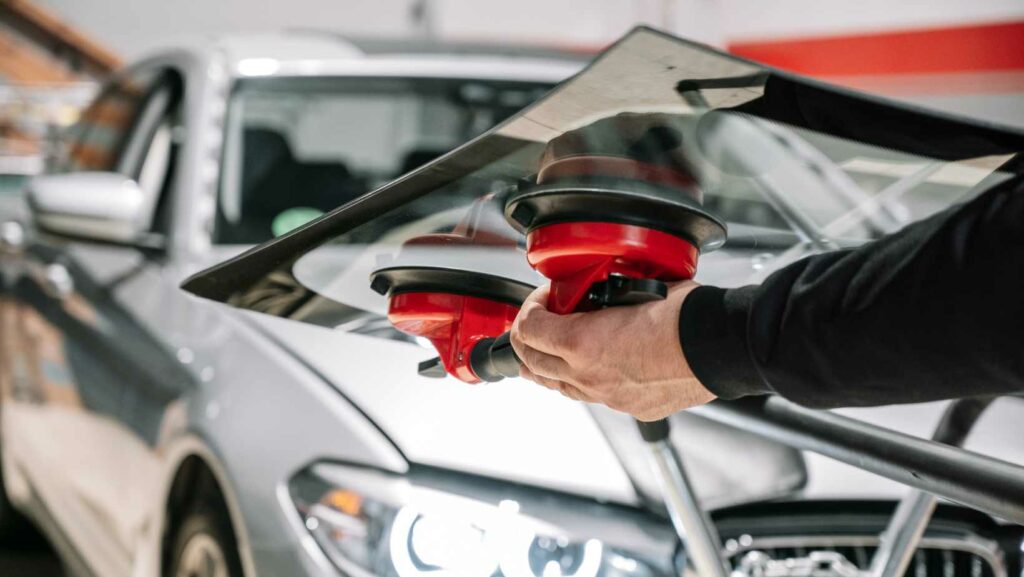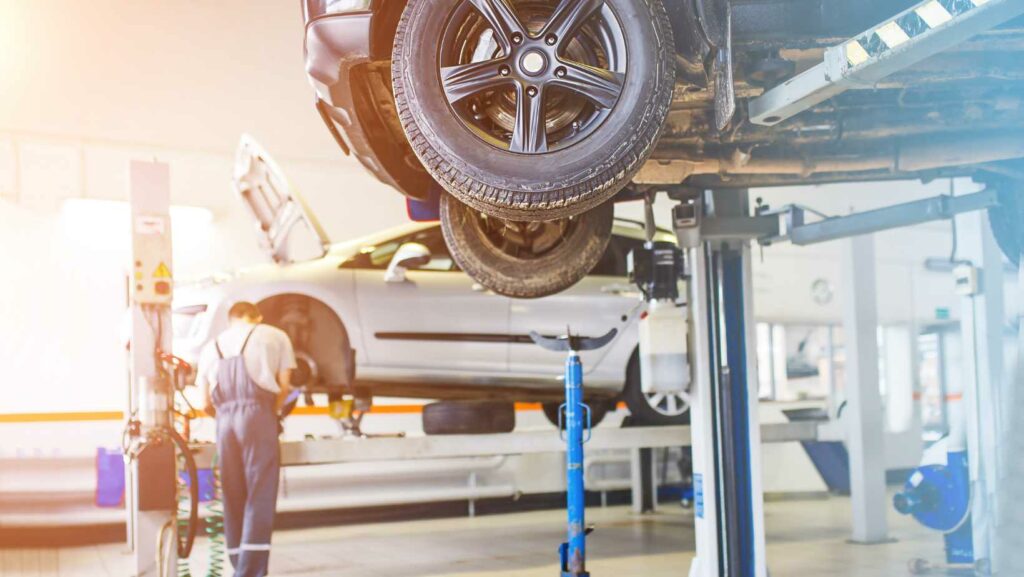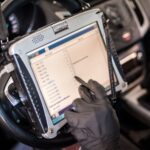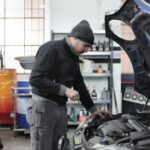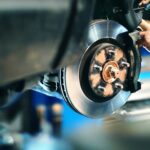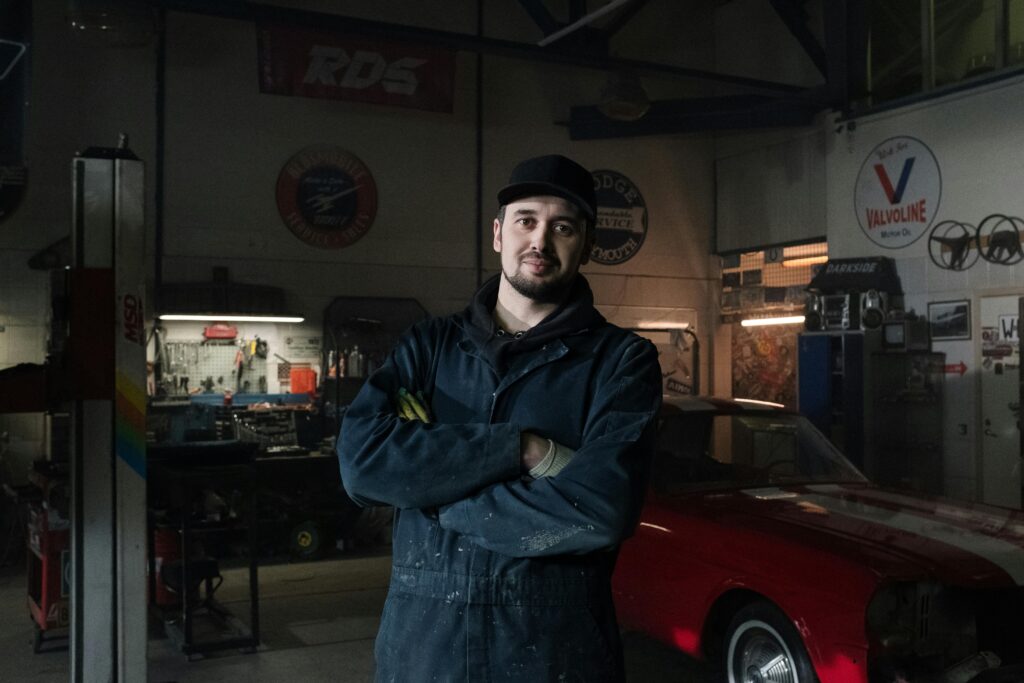
Comparative negligence is a legal concept that can change how car accident liability is determined. For DIY car owners, it’s an idea worth knowing. If you’ve ever thought your maintenance choices don’t matter legally after a crash, think again.
Understanding how courts consider both parties’ actions or negligence can protect you from surprises later on. Stick around to see why being informed about this topic might save you headaches, and money, in the long run.
How Comparative Negligence Works in Car Accidents
Comparative negligence splits liability between drivers based on their level of fault. If both parties contributed to a crash, each bears some responsibility for damages.
Here’s how it typically works. Courts assign a percentage of fault to everyone involved. Each person’s financial recovery is reduced by their percentage of blame. For example, being 30% at fault reduces compensation by 30%.
Two common types exist:
● Pure comparative negligence lets you recover damages even if you’re mostly at fault (e.g., 90%)
● Modified comparative negligence bars recovery if your fault exceeds a specific threshold, usually 50 or 51%
DIY car owners must understand how repair choices might influence assigned percentages. Courts could view incomplete or unsafe fixes as partial cause for accidents, reducing claims significantly.
Keeping this principle in mind means DIY enthusiasts can avoid unnecessary legal pitfalls tied to maintenance decisions.
You also need the support of a legal expert who’s familiar with this type of case to get the best outcome, regardless of the circumstances surrounding the accident. For example, if you’re based in Arizona then finding the best car accident lawyer in Tucson will put you in the strongest position to defend yourself. This applies if you handle car maintenance personally, or outsource it to professionals.

The Role of Evidence When Liability Is Shared
Evidence is critical when fault is divided in a car accident. Courts rely on it to determine how much responsibility each party holds. Since 2.6 million people end up in the hospital after auto collisions each year, this knowledge is relevant to lots of drivers.
Different kinds of evidence help clarify liability, including:
● Photographs or videos from the crash scene
● Maintenance records showing your vehicle’s condition before the collision
● Witness statements supporting your account of events
For DIY mechanics, keeping thorough documentation becomes even more important. Evidence like receipts for parts purchased, written repair logs, or photos taken during fixes can show you acted responsibly in maintaining your car.
If another driver claims negligence based on faulty repairs you performed yourself, having this information might protect you against exaggerated blame percentages, helping preserve a fair outcome.
Being prepared with solid evidence means fewer surprises if you’re ever involved in a shared-fault situation.
How Poor Repairs Could Affect Your Legal Standing
Faulty DIY repairs can come back to haunt you after a car accident. If your maintenance is found subpar, courts might assign more fault to you, even if the crash wasn’t entirely your doing.
Key risks tied to poor repairs include:
● Brakes failing due to improper installation
● Tires wearing unevenly from alignment mistake
● Electrical issues causing malfunctions mid-drive
Even minor oversights could raise questions about your vehicle’s safety. For instance, if a homemade fix causes critical systems like steering or lighting to fail during an accident, it strengthens the argument that negligence contributed to the crash.
To protect yourself legally, always double-check work for quality and compliance with safety standards. When in doubt about certain fixes, seeking professional help may cost less than defending against increased liability later.
Key Differences Between Comparative and Contributory Negligence
Comparative negligence isn’t the only way courts determine fault in accidents. Some states use contributory negligence, which follows stricter rules for recovering damages.
Here are the main distinctions between the two:
● Comparative negligence lets partially at-fault parties recover reduced compensation based on their percentage of blame
● Contributory negligence completely denies recovery if you’re found even slightly responsible (as little as 1%)
For DIY car owners, this difference is significant. Under contributory systems, a single misstep in your vehicle’s maintenance could bar you from any financial recovery after a crash. For example, an improperly secured tire might prevent claims entirely, even when another driver caused most of the accident.
Understanding which standard applies where you live can help you approach repairs and documentation efforts with care to safeguard against unfair outcomes during legal disputes.
Final Thoughts
Comparative negligence highlights how small decisions, like DIY repairs, can impact accident liability. Maintaining vehicles responsibly and documenting work let’s car owners protect themselves legally. Knowing the laws in your state ensures you’re prepared for shared-fault scenarios, and hiring a legal expert is also advised, irrespective of where you’re based.

